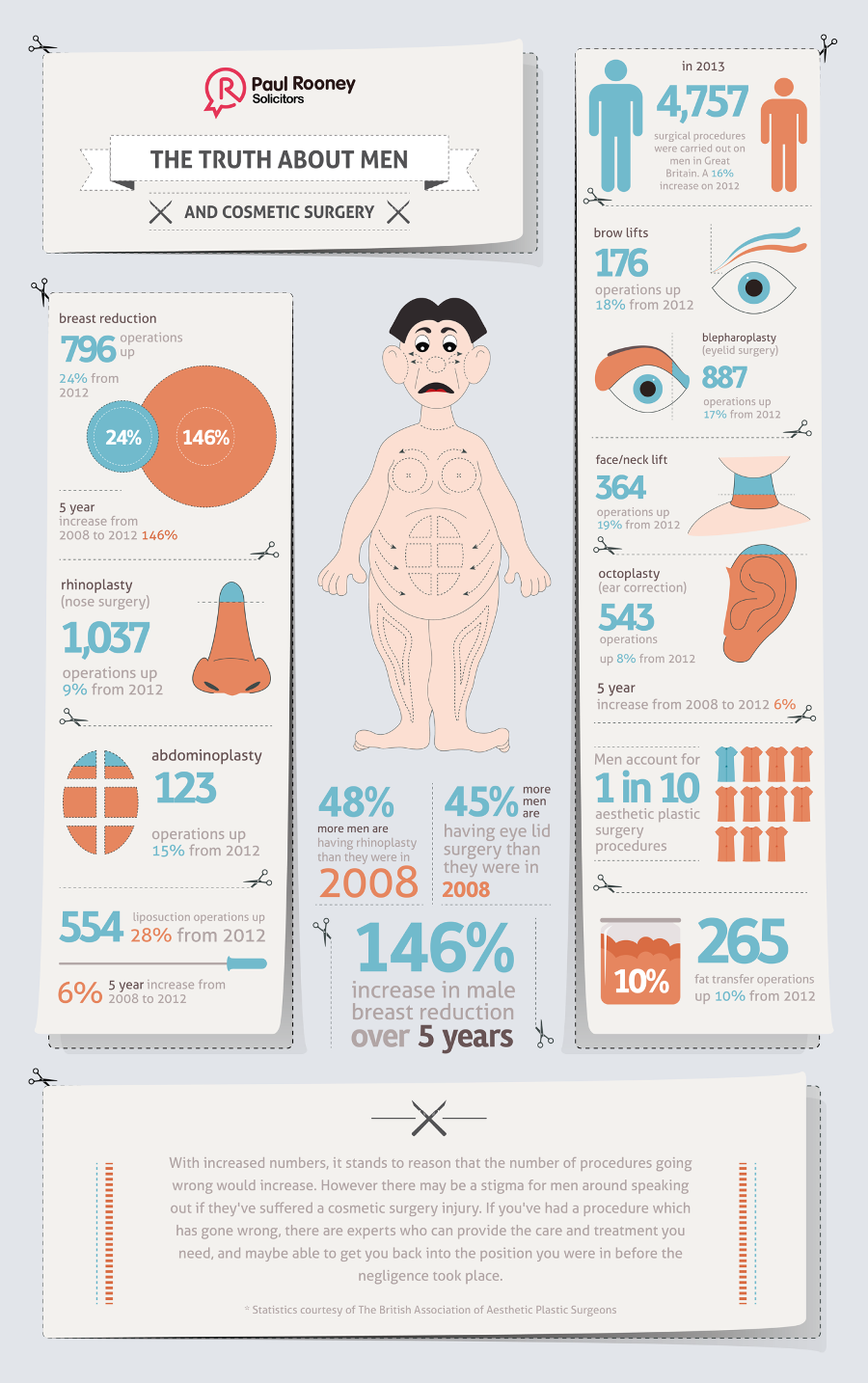Hormonal Acne - What is Hormonal Acne?
Hormonal acne is identified by clogged up pores and oily skin that commonly shows up on the chin and jawline. It happens when hormonal adjustments cause inflammation and bacterial overgrowth within hair roots.
Breakouts may appear as whiteheads, blackheads, papules or pustules and cysts or nodules in a lot more extreme instances. It is more common in teens going through adolescence however can impact grownups of any kind of age.
What Creates Hormone Acne?
While acne can be caused by a variety of elements, including using hair and skin care products that aren't oil-free or made with components that might block pores, hereditary tendency, diet plan,2 and anxiety, the origin is rising and fall hormonal agents. Hormone acne takes place when the body experiences hormone adjustments and variations that lead to an overproduction of sebum, which causes inflammation, increased growth of bacteria and changes in skin cell activity.
Hormonal acne is often found on the lower jawline, cheeks and neck but can show up anywhere on the body. It is identified by imperfections that are cystic, painful and filled with pus or other material. It is additionally more probable to take place in females than guys, particularly during adolescence, the menstruation, pregnancy or menopause.
Age
While many kids experience acne at some point throughout the age of puberty, it can remain to torment grownups well into adulthood. Known as hormonal acne, this kind of outbreak is linked to changes in hormones and is usually most common in women.
Hormone acne takes place when oil glands generate excessive sebum, which blocks pores and traps dead skin cells. This leads to the formation of imperfections, such as whiteheads, blackheads and papules, pustules, cysts or blemishes, deep under the surface area.
This type of blemish often creates discomfort, inflammation and inflammation. It may additionally be cyclical and appear around the same time every month, such as right prior to your period starts. This is due to the fact that levels of female hormonal agents like progesterone and oestrogen vary with each menstrual cycle.
Menstruation
Hormone acne usually appears in the reduced part of your face, along the jawline and cheeks, as whiteheads, blackheads or inflammatory acnes (pimples and cysts). It's most likely to show up around the moment when your menstrual cycle changes.
Specifically around ovulation, when estrogen and progesterone degrees are on the surge, hormonal agent changes can cause outbreaks. However it's also feasible to get acne at any factor during your 28-day menstrual cycle.
If you see that your hormonal acne flares up right prior to your period, try seeing when precisely this happens and see if it connects to the stages of your 28-day menstrual cycle. This will aid you identify the root causes of your skin problems. For instance, you may intend to service balancing your blood sugar level and eliminating high-sugar foods, or consider a prescription drug like spironolactone that can control your hormonal agents.
Maternity
Growing a child is a time of remarkable hormone modifications. For many females, this here includes a flare-up of hormone acne. This kind of breakout normally begins in the initial trimester, around week six. It's caused by hormonal agent surges that boost sebaceous glands to make even more oil, which can block pores and create even more bacteria to develop.
Outbreaks may additionally happen as a result of pre-existing problems like polycystic ovary syndrome, which can additionally be a problem while pregnant and menopause. Likewise, some sorts of contraceptive pill (such as Ortho Tri-Cyclen and YAZ) can trigger hormone acne in some women.
Fortunately, most acne treatments are "no-go" for expectant ladies (consisting of popular acne-fighting active ingredients such as isotretinoin and spironolactone). But if you can not avoid those aggravating bumps, your physician might prescribe dental erythromycin or cephalexin, which are safe while pregnant.
Menopause
As women come close to menopause, the estrogen degrees that triggered their hormonal agent acne to flare up throughout puberty begin to maintain and decrease. At the same time, nonetheless, a spike in androgens (also referred to as male hormonal agents) occurs due to the fact that these hormones can't be exchanged estrogen as properly as previously.
The unwanted of androgens can trigger oil manufacturing by the sweat glands, which clogs pores. When the stopped up pores become irritated and aggravated, a pimple types.
Hormone acne is generally seen on the face, specifically around the chin and jawline, but it can happen on the neck, back, shoulders, or upper body. This type of acne has a tendency to flare in an intermittent pattern, similar to the menstrual cycle. Stress and anxiety, which increases cortisol and throws hormonal agents out of balance, also adds to the outbreaks.

Comments on “How To Know If A Treatment Is Working”